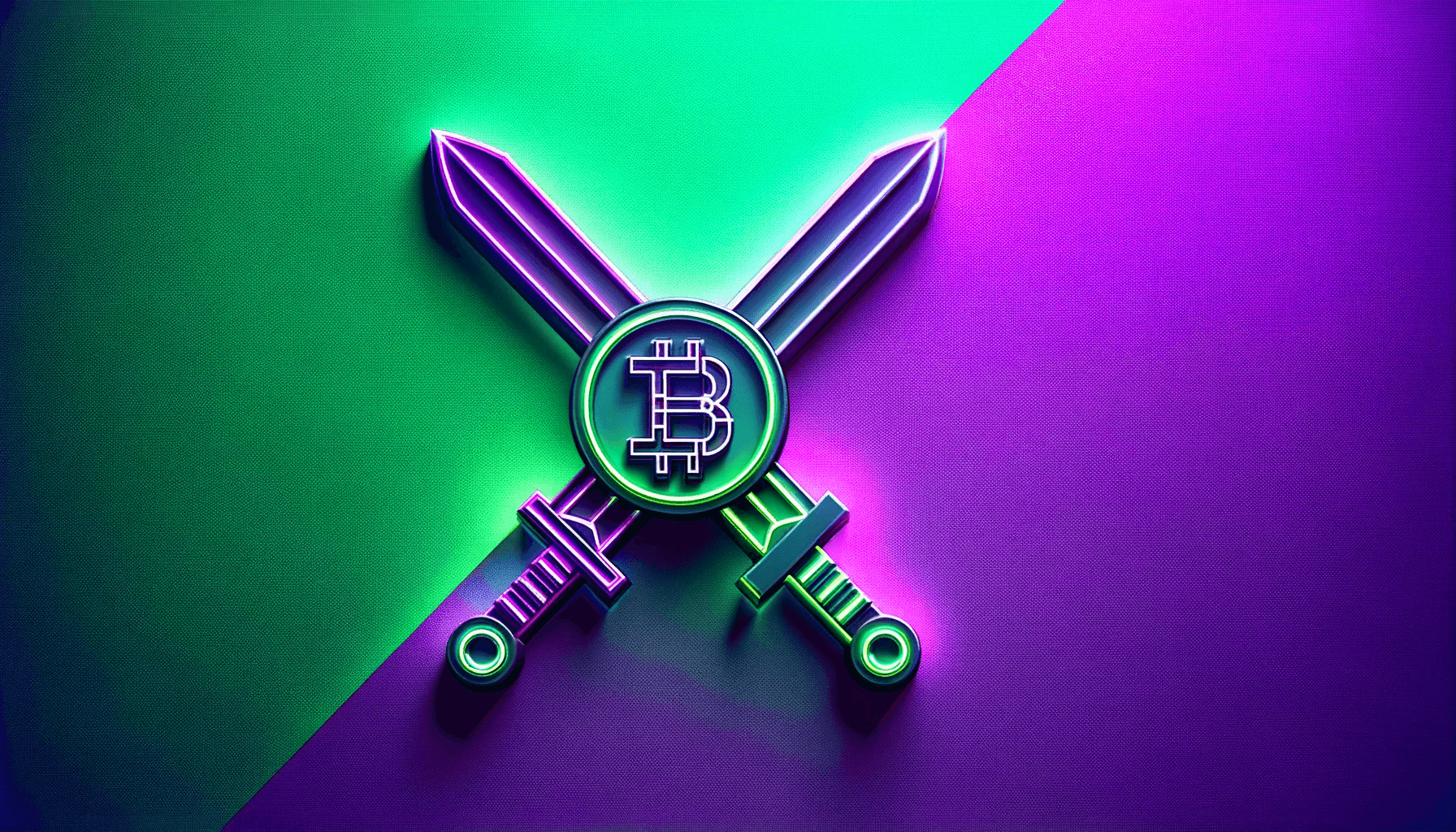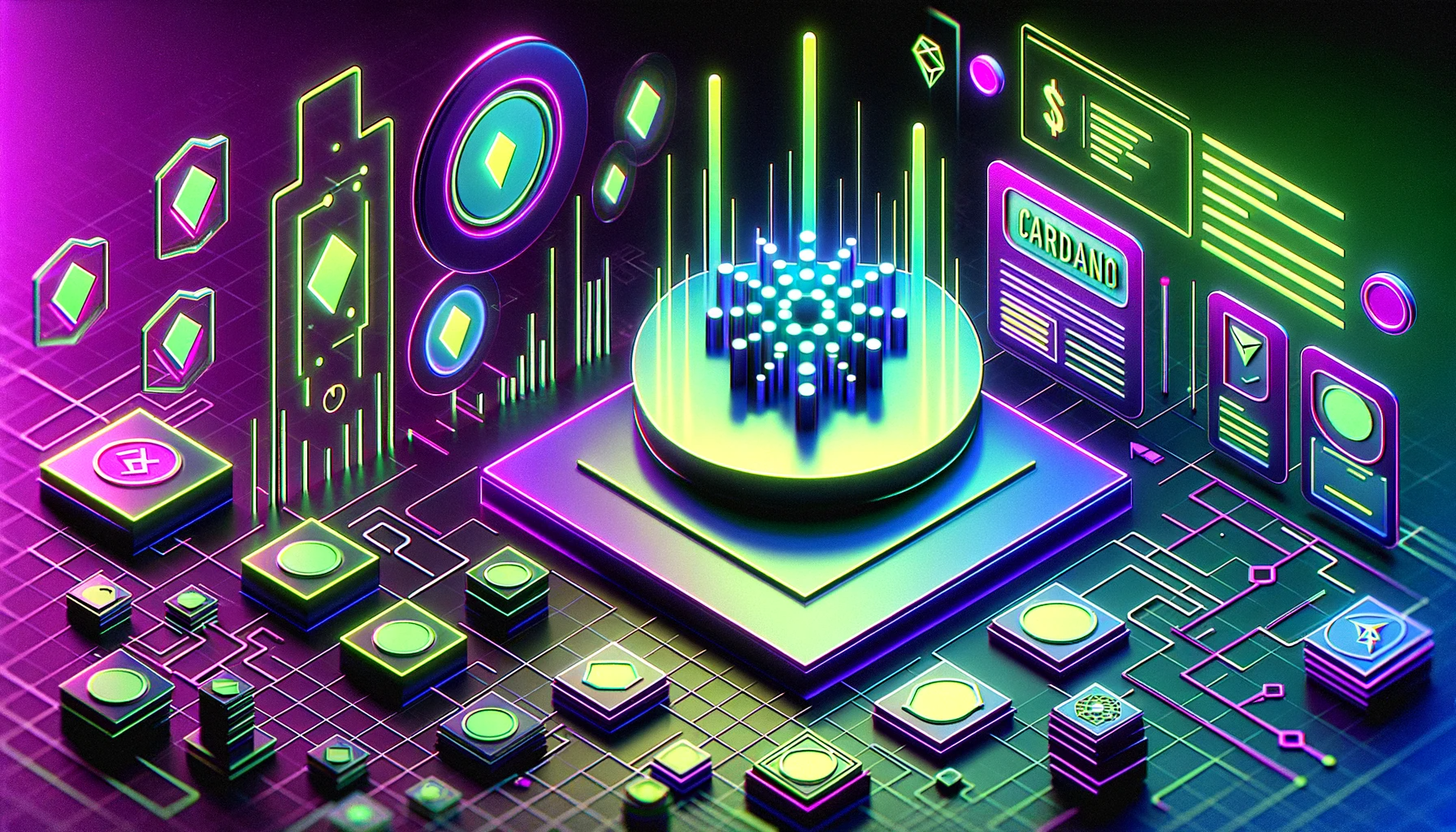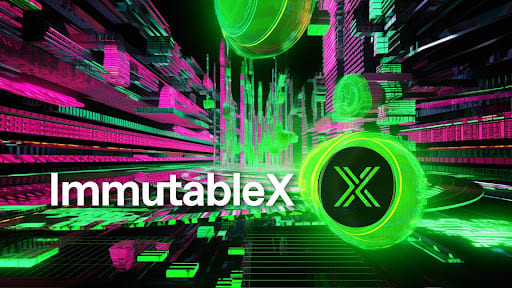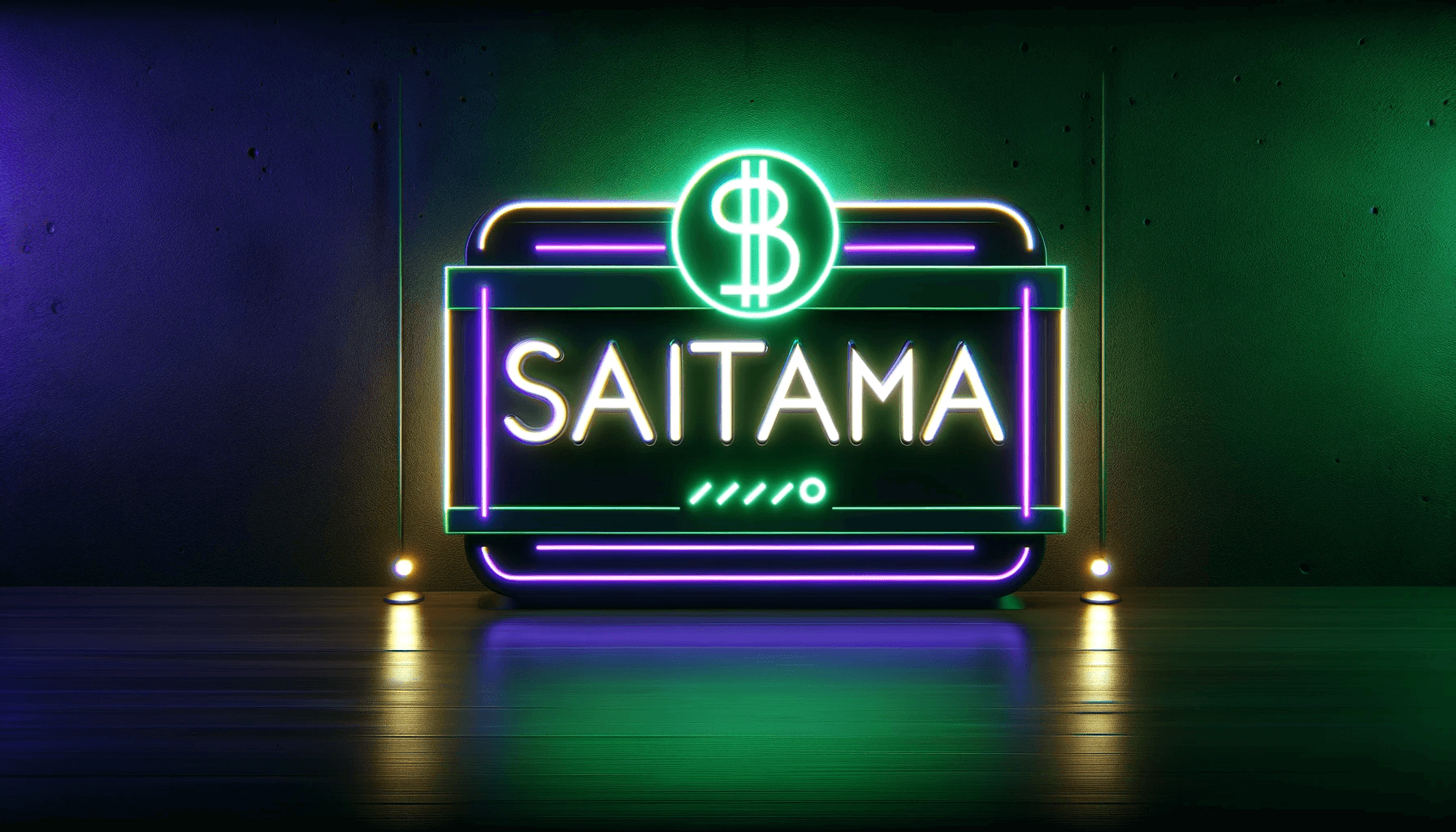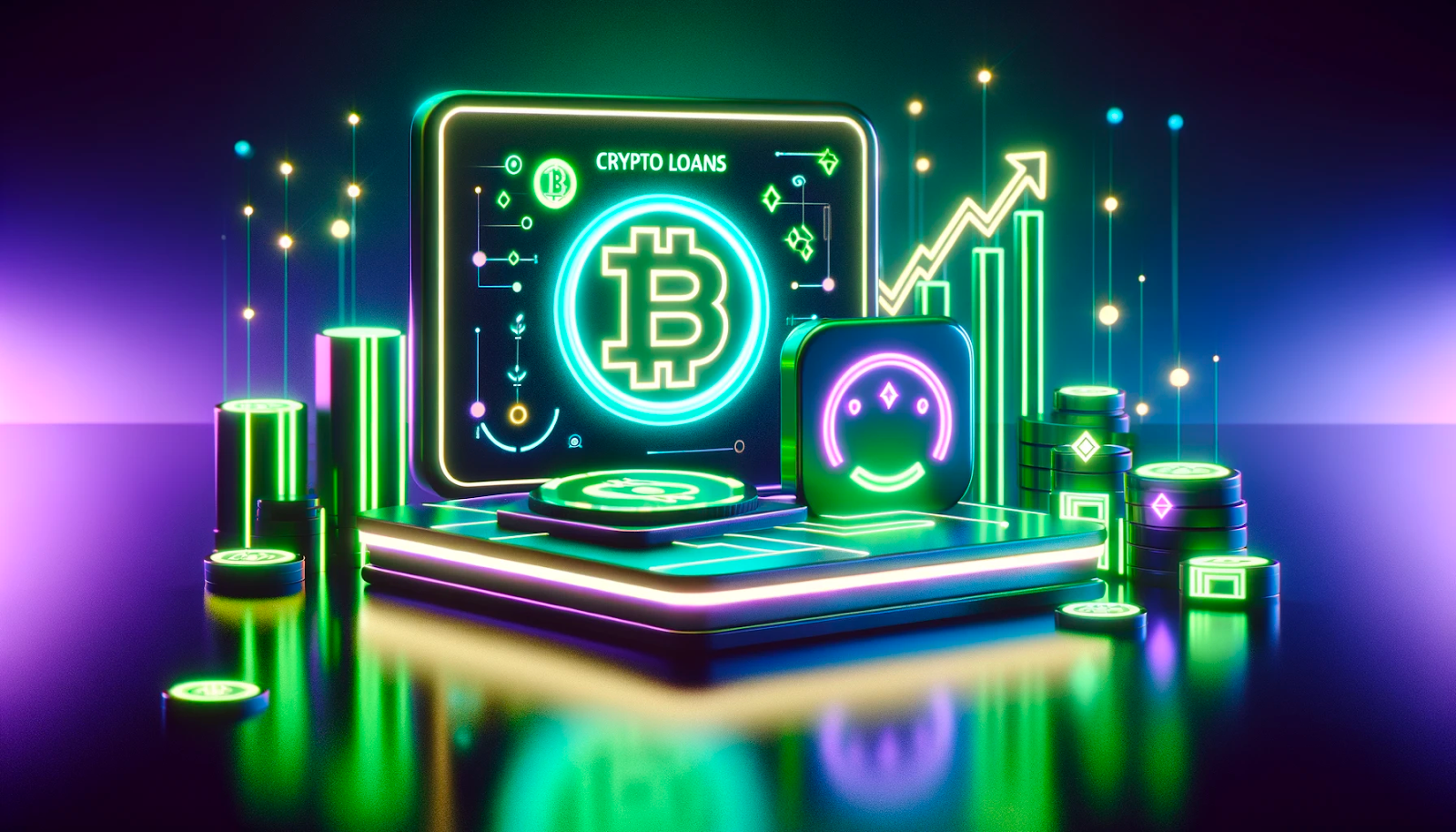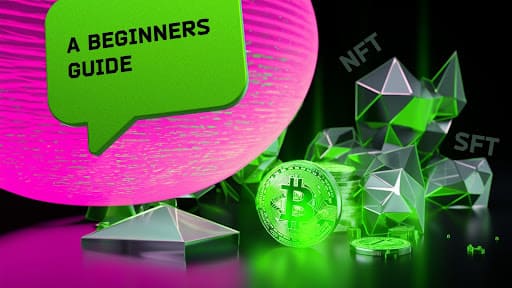
The concept of currency is as old as trade. Wait, it's actually the basis of trading, as people have been swapping what they have for its equivalent in what they want since the early ages. Barter trade was the earliest form of application of currency, although it was rather subjective.
Today, we have currencies in their various forms; fiat currencies, cryptocurrencies, and so on. And in the crypto industry, there are cryptocurrencies and crypto tokens. Yes, they have different meanings.
Cryptocurrencies are payment coins built on their specific blockchains, like Bitcoin, Ethereum and Solana. However, crypto tokens were built on top of other blockchains, rather than their native blockchains, examples are Uniswap, Axie Infinity, and ERC tokens.
Tokens can still be further divided into subclasses, and the most commonly used ones are fungible, non-fungible, and semi-fungible tokens. What are they, and how are they applied? Stay tuned as we go over them.
What Are Fungible and Non-fungible Tokens (NFTs)?
Fungible tokens are non-unique, divisible tokens with a numerical value defined in quantity. A good example is regular currency, like the Euro. €1 is always €1 everywhere, regardless of the circumstances. The numerical value is not subject to change, and you can have several €1 coins, each holding the same value.
On the other hand, non-fungible tokens are unique and non-divisible. They are a one-of-a-kind type of token, with no two non-fungible tokens representing the same thing. A non-fungible token also doesn't hold numeric value, and a real-life example is a certificate whose value is not stated numerically.
One major difference between fungible and non-fungible tokens in cryptocurrency is that the fungible tokens store value, while non-fungible tokens store data. Both exist on blockchains but perform different functions.
Ethereum was the basis for the first set of fungible tokens, which were developed around 2016. They were built using the ERC-20 token standard and are collectively referred to as ERC-20 tokens. Some examples include the Sandbox (SAND), Axie Infinity (AXS), and Decentraland (MANA).
Non-fungible tokens have existed since 2012, starting with the concept of colored Bitcoins. Nowadays, NFTs on the Ethereum blockchain are bound to ERC-721 tokens, which are designed to hold data content like pictures, voice, and text.
And that brings us to semi-fungible tokens.
What Are Semi-fungible Tokens (SFTs)?
Semi-fungible tokens are somewhere between NFTs and fungible tokens. They are tokens that bind both data content and numerical value and are finding various use cases in the cryptocurrency market. Like NFTs and fungible tokens, they exist on Ethereum under ERC-1155 token standards, and platforms like Enjin Coin use such standards in their gaming franchises.
SFTs were introduced into the crypto-verse in 2018, and they are applicable in cases where you need multiple copies of an item, even though it must remain unique. An example is tickets for a concert or in-game assets.
SFTs are distinct in that they can undergo two phases of usage. In their first phase, they function as fungible tokens, where users can exchange them in a transaction-like manner. By the second phase, after they have been expended, or used, they become collectibles, which are essentially NFTs.
An example is an Amazon gift card, which can be exchanged on the blockchain like regular fungible tokens. Once the card has been used, it no longer has the numerical value but can be collected as an antique item, if it was part of a special edition. Then, it is already an NFT.
Features/Uses of Non-fungible Tokens
-
Monetization of Intellectual Property
NFTs are not interchangeable entities, and their value is in their uniqueness. The creator can make money from their work, be it paintings, videos, or pictures. This prospect has made artists and content creators turn to NFTs as a means to sell their artworks through the digital marketplace.
NFTs are minted and linked to smart contracts, which automate their sale to users on the blockchain. That way, an artist/creator can pre-set their royalty fees with the NFT's price so that subsequent trades will return their due commission.
-
Art Preservation
Creating an NFT out of an item preserves it forever, once it is uploaded to a blockchain. The concept of NFTs has aided the preservation of antiques in various forms and prevented them from being lost.
Features/Uses of Semi-fungible Tokens
-
Versatility
Semi-fungible tokens are useful as fungible tokens and as NFTs, making them a versatile choice of token in the cryptocurrency market. Of course, they can't be listed on the trading charts, since they can only be traded once, but they have found use in gaming and Metaverse platforms, where they are exchanged between users and used as NFTs later.
-
Refundable Transactions
Transactions involving SFTs are reversible, unlike regular fungible and non-fungible transactions. If a user sends an SFT to the wrong address, the blockchain can reverse the transaction to the original sender.
Use Cases of Fungible Tokens
-
Economic Fuel
Fungible tokens function as fuel for blockchains, serving as a medium of exchange for every transaction on the network. For example, SAND powers the Sandbox ecosystem.
-
Governance
For platforms that have a community of users, fungible tokens confer voting rights to the members during a forum. An example here is the COMP token which is the governance token for the Compound Finance platform.
Conclusion
Fungible, non-fungible, and semi-fungible tokens exist on blockchains, although they serve different use cases. Fungible tokens act like regular currencies and can be traded on exchanges, while NFTs and SFTs bind data content and are often better applied in art and Metaverse platforms.
NFTs were once the rave in the cryptocurrency market, although SFTs are now finding more advanced uses in gaming and fashion, and could be the next big innovations on crypto platforms.
Want more top-tier cryptocurrency content?
Follow Us: X TikTok Instagram Telegram LinkedIn
Sign up to our newsletter at the bottom of the page
Check Out Our Top 10 Crypto Currencies of 2023
This article is intended for educational purposes and is not financial advice.


